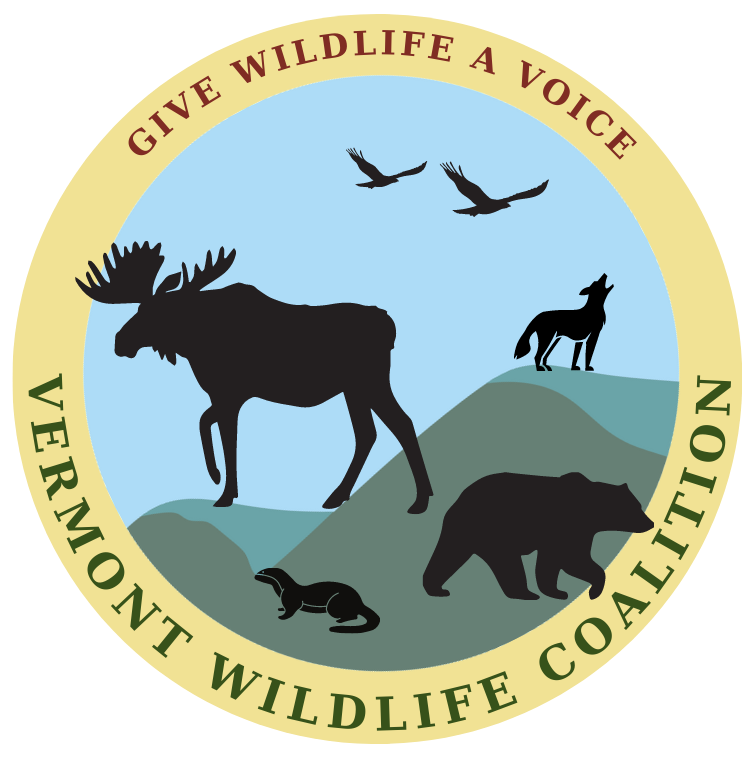What Is the Fish & Wildlife Board?
Although often confused with the Fish and Wildlife Department, which is staffed by state employees, the Fish and Wildlife Board is a separate entity. It was established in 1961, when the Legislature restructured a state Fish and Game Service overseen by five commissioners into a Fish and Game Department run by a single commissioner, in the process creating a seven-member Fish and Game Board with the authority to set season dates, bag limits and other rules not already set in statute.
In 1984, both the department’s and board’s name was changed to Fish and Wildlife, and in 2004 the board was expanded to 14 members, with one member coming from each of Vermont’s 14 counties.
In addition to regulating hunting, fishing and trapping, the board also sets the annual antlerless deer and moose hunting permit allocations. The Board gets to decide about a range of wildlife issues. In 2016, for example, they spent many hours considering a proposal by a trapper to extend the bobcat and otter trapping season, each by one month. The bobcat season extension was finally rejected by a slim margin after over 100 members of the public packed the meeting and wrote letters objecting to the extension. Sadly, the otter trapping season was extended. The cost of this single petition to the Department was greater than the annual trapping license revenue, leading some to question whether the Board should be making these decisions. In 2016, the Board also decided to hold a moose hunt and set target numbers for moose taken, despite the fact that the moose herd is well below the minimum desirable population identified in the state plan.
In the years since, citizen groups have put a number of proposals to the Board without success. For example, after a number of incidents related to the “open season” (365 days a year 24 hours a day) on coyotes, the Board was petitioned to create a coyote hunting season similar to other hunting seasons. In addition to conservation benefits, having a set season would allow times of the year where hikers, birders, backcountry skiers, and other average citizens could get a quiet, worry-free period in the woods. It would also likely lead to fewer pet dogs being shot by coyote hunters. (See Recent Incidents) Board decisions, thus, do have an impact on all Vermonters. The Board gets feedback from department experts, such as wildlife biologists, and from the public, but the final decision belongs to them. Board members are not required to explain how they arrived at their decision, nor are they required to recuse themselves when a decision benefit them financially or otherwise (e.g., if they sell furs, taxidermy, or guide services). In the end, each member votes, and the votes are tallied, with majority ruling.
Although membership in the Board results from appointment by the governor, and is theoretically open to the public, very rarely does someone who is not the “right kind” of hunter, trapper or angler sit on the Board. This is increasingly a bone of contention given that their mission is “the conservation of all species of fish, wildlife, and plants and their habitats for the people of Vermont” (underlining added). Of course, many Vermonters are not hunters, trappers or anglers, and they wonder why they don't have more influence over important decisions affecting wildlife and their rights as landowners or as citizens who want to access our natural landscape and enjoy wildlife in other ways.
